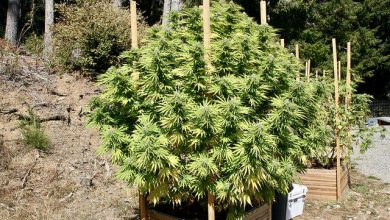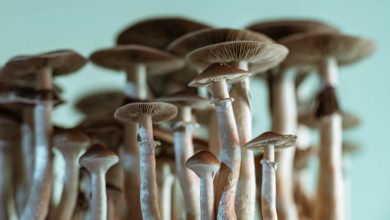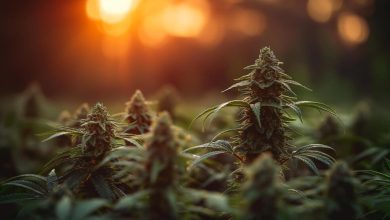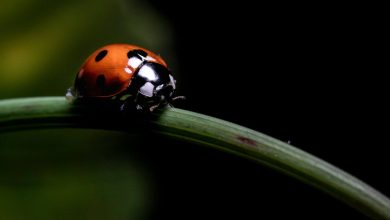Cannabis and Brazil- Alchimia Grow Shop
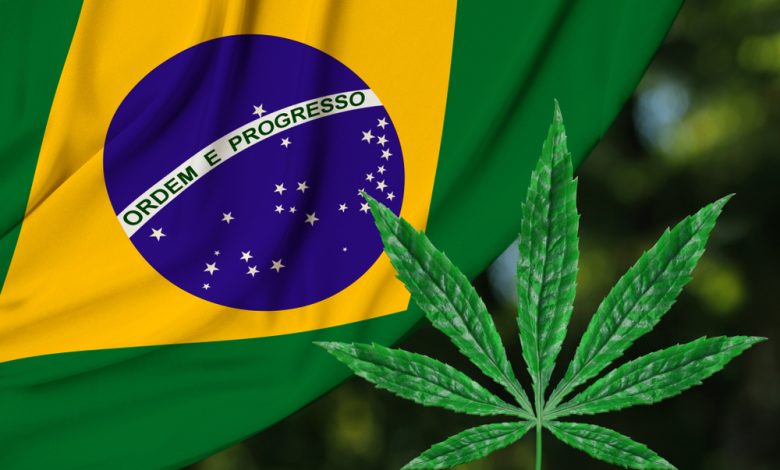
Cannabis cultivation in Brazil has a history that goes back centuries, marked by a mix of indigenous traditions, colonial influences, and significant political changes. Over the years, Brazil’s relationship with this plant has been complex and varied, reflecting both its cultural importance and its controversial legal status.
In this article, we will explore the fascinating history of cannabis cultivation in this wonderful country, from its pre-colonial roots to its evolution in the 21st century, highlighting the key moments, cultural transformations, and political struggles that have shaped its development over the years. From the Amazon rainforest to modern urban cities, this story offers a unique insight into how Brazil’s relationship with marijuana has been a reflection of its ever-evolving identity.
First cannabis crops in Brazil
The arrival of cannabis to Brazil, or maconha as they call it in those lands, is a topic that has generated various theories and hypotheses over the years among different historians. Although there is no absolute consensus, several theories have been proposed that try to explain how this plant arrived in Brazilian territory. Some of the most widespread theories are:
- Introduction by European colonizers: According to this theory, cannabis was introduced to Brazil by European colonizers, particularly the Portuguese, during the period of colonization. It is believed that Europeans brought hemp seeds to Brazil for use in the production of textiles and rope.
- Ancestral Indigenous presence: Another theory suggests that cannabis was already known and used by some indigenous communities before the arrival of Europeans. It is believed that some indigenous tribes may have cultivated and used cannabis for medicinal and ritual purposes long before colonization.
- African slave trade: Some historians raise the possibility that African slaves, who were brought to Brazil during colonial times, may have brought cannabis seeds with them in their belongings. This could have contributed to the spread of the plant in the country, especially in terms of psychoactive varieties.
- Diffusion through South America: Another theory suggests that cannabis may have arrived in Brazil from other regions of South America, where its use was already known. This could have occurred through trade and cultural contacts over the centuries.
It is important to note that the story of cannabis’s arrival in Brazil is complex and multifaceted, and it is possible that, in fact, several of these factors have contributed in some way to its presence in the country. Additionally, the lack of accurate historical records makes it difficult to determine with certainty the exact origin of the plant in this area. Each of these theories arguably sheds light on the rich history and diverse influences that have shaped the cultivation and use of cannabis in Brazil over the centuries.
Cannabis and Portugal, a century-old relationship
Today we invite you to learn about the evolution of cannabis in Portugal up to the current situation, a country that has decided to approach the issue of cannabis regulation from a point of view, why not say it, much more coherent and courageous than that of most European countries.
The colonial era
During the colonial era in Brazil, until the beginning of the 20th century. XIX, the situation and the use of cannabis were very different from what we find today. Below, we describe some key aspects related to marijuana and hemp in that period:
- Industrial and textile use: During the colonial period, cannabis, commonly known as hemp, was grown mainly for industrial purposes. Hemp fibers were highly valued for their strength and durability and were used for the manufacture of textiles, ropes, and other similar products. European colonizers, particularly the Portuguese, promoted its cultivation in Brazil to supply the growing demand for textile products in Europe.
- Limited knowledge of its psychoactive properties: At that time, there was no widespread knowledge of the psychoactive properties of cannabis. The plant was grown primarily for its fibers and was not commonly used for recreational or medicinal purposes.
- Use in traditional medicine: Although knowledge about the medicinal properties of cannabis was not as extensive as in more recent times, some indigenous populations and local communities may have used the plant for medicinal purposes on certain occasions. However, this was limited and not part of conventional medical practice.
- Little government control: During colonial times, control and regulation over the cultivation and use of cannabis was minimal. The main concern of the colonial authorities was in the production of raw materials for export, such as sugar and coffee, and not in the control of psychoactive substances.
We summarize: during the colonial era in Brazil, cannabis was mainly cultivated as industrial hemp, with limited knowledge of its psychoactive properties. Its use for recreational or medicinal purposes was not common, and it was not subject to significant government control. The history of cannabis in Brazil would experience significant changes in the following centuries, with the evolution of its use and legal status.

Cannabis in Brazil, 19th century
The situation and use of cannabis in Brazil during the 19th century experienced some significant changes and evolutions compared to the colonial era. Below, we describe the key aspects related to the plant in Brazil during the 19th century:
- Continued cultivation for industrial purposes: During the 19th century, the cultivation of cannabis, especially hemp, continued to be important for industrial purposes, such as the production of textiles, rope, and paper. Demand for these raw materials remained high, both domestically and for export.
- Expansion of knowledge about psychoactive properties: Knowledge about the psychoactive properties of cannabis began to expand in Brazil during this century. Although its recreational use was not yet widespread, cases of consumption for recreational and recreational purposes were recorded, especially in cultural and entertainment contexts.
- Growing medicinal use: During the 19th century, an increase in the use of cannabis for medicinal purposes was observed in Brazil. It was believed to have therapeutic properties and was used to treat a variety of ailments, including pain, nausea, and digestive problems.
- Emerging government control: As the century developed, the government began to pay more attention to the control of psychoactive substances, including cannabis. Some regulations and restrictions began to be applied (especially aimed at slaves), although they were not as strict as those that would be seen in the 20th century.
- Cultural and social influences: Throughout the 19th century, cultural and social influences, including immigration and urbanization, played an important role in the evolution of cannabis use in Brazil. Communities began to form that practiced cannabis consumption as part of their rituals and customs.
In short, cannabis maintained its importance in the industry, with continued cultivation for industrial purposes. Changes were observed in the knowledge and use of the plant, with an evident growth in its medicinal and recreational use. Although there was incipient government control, the restrictions were less strict than those that would be imposed later, throughout the 20th century. The evolution of cannabis in Brazil, then, continued throughout the 20th century with significant changes in its legal status and use.
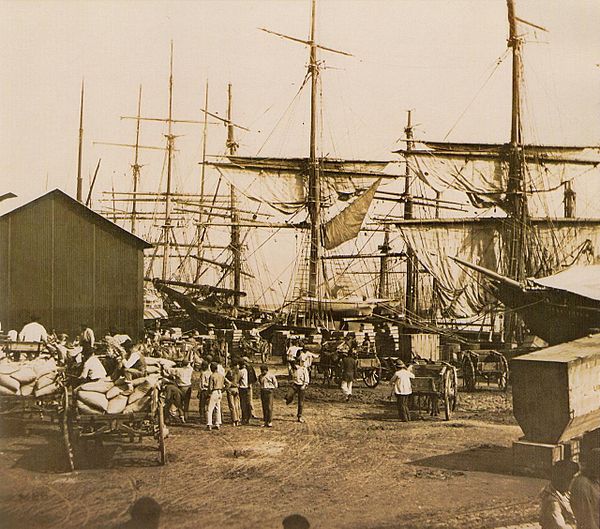
Cannabis news in Brazil
As in many other countries globally, the situation and use of cannabis in Brazil during the 20th century experienced a series of significant changes, influenced by historical, political, and cultural factors. Here are some of the key aspects related to marijuana in Brazil during this period:
- Increasing regulation and restriction: Throughout the 20th century, Brazil began to impose stricter restrictions and regulations on cannabis. Laws and regulations were enacted limiting the cultivation, possession, and use of the plant. The government became more involved in controlling psychoactive substances, such as cannabis.
- Traditional and cultural use: Despite regulations, cannabis continued to play a role in some cultural and religious traditions in Brazil. For example, cannabis use was associated with certain religious cults (like Ayahuasca) that used psychoactive plants in their rituals.
- Growth in recreational use: Throughout the 20th century, an increase in recreational cannabis use was observed in Brazil. Especially in urban areas and among young people, cannabis became popular as a recreational substance.
- Medicinal use: Despite restrictions, cannabis continued to be used for medicinal purposes in Brazil. Its potential therapeutic benefits, such as pain relief and nausea reduction, were recognized, leading some patients to use it as a treatment.
- Drug trafficking and security problems: Starting in the second half of the 20th century, Brazil began to face significant problems related to drug trafficking, which included cannabis. This led to increasing repression and law enforcement measures to combat illegal drug trafficking.

So far in the 21st century, the debate on the legalization and decriminalization of cannabis in certain contexts has gradually gained strength, especially regarding medicinal use. An important step was taken in 2015 when the National Health Surveillance Agency approved the medicinal use of cannabis, a first step that meant that multiple sclerosis patients could use Metavyl, the name by which Sativex is known in Brazil. However, access to medical cannabis was not truly facilitated until 2018, when the use and cultivation of medical cannabis by patients themselves was approved.
In 2019, a new step was taken by approving the importation of cannabis and the sale of medicinal products derived from the plant in the country’s pharmacies, and the first cultivation license was also issued to a local company, Terra Viva. Finally, in 2021, Brazilian deputies approved the legalization of cannabis cultivation for both medicinal and industrial purposes. Without a doubt, the work carried out by activists and defenders of the plant has ended up bearing fruit, and movements and events such as the Marcha da Maconha can be proud of their work. The proof is that already in 2023, “ExpoCannabis” has been organized, the first cannabis fair to take place in Brazil in the midst of the debate on the decriminalization of personal or recreational use…we will continue to pay attention to how things evolve!
The articles published by Alchimiaweb, S.L. are reserved for adult clients only. We would like to remind our customers that cannabis seeds are not listed in the European Community catalogue. They are products intended for genetic conservation and collecting, in no case for cultivation. In some countries it is strictly forbidden to germinate cannabis seeds, other than those authorised by the European Union. We recommend our customers not to infringe the law in any way, we are not responsible for their use.

